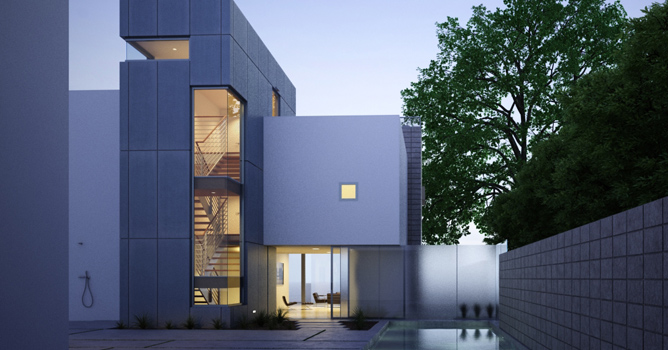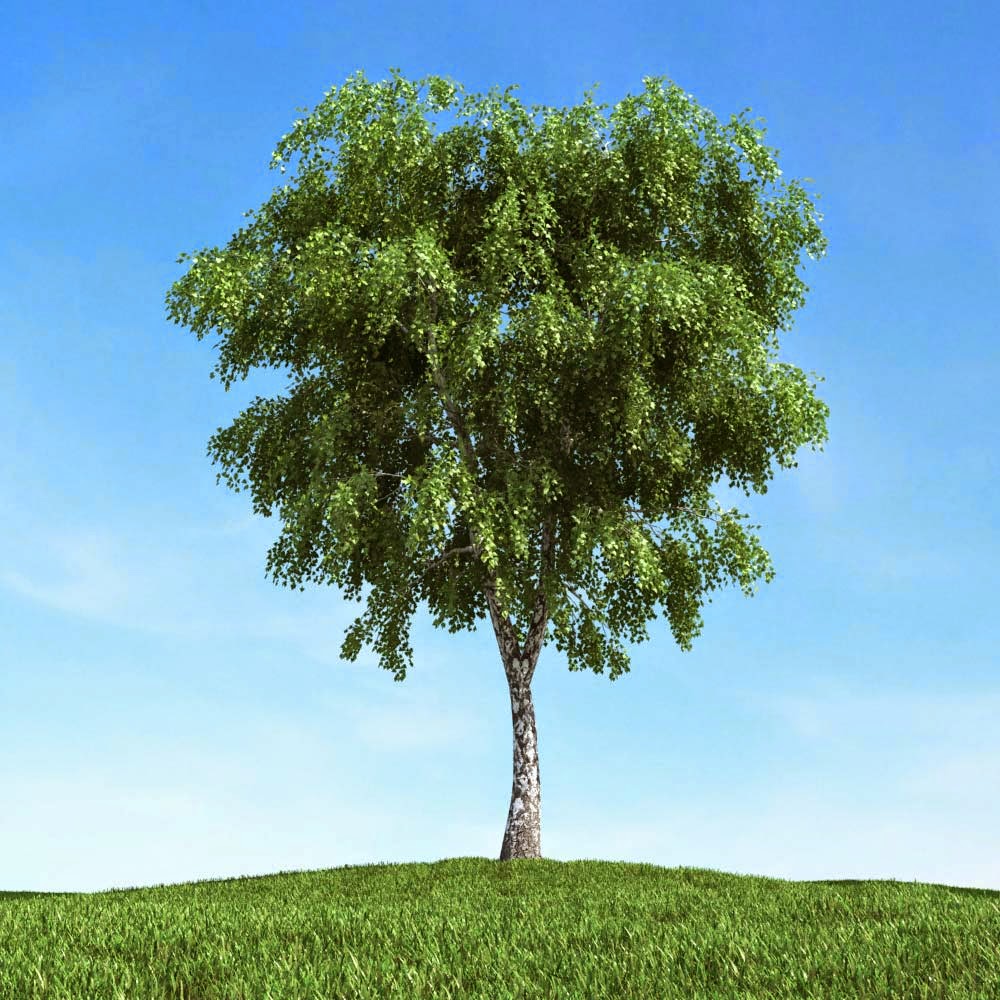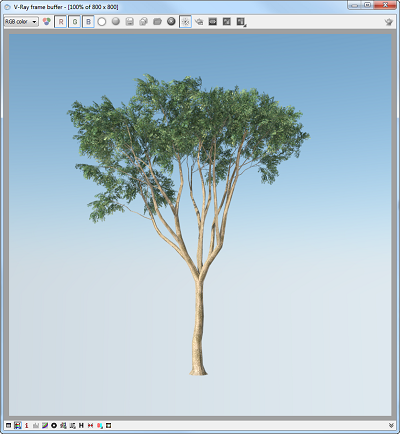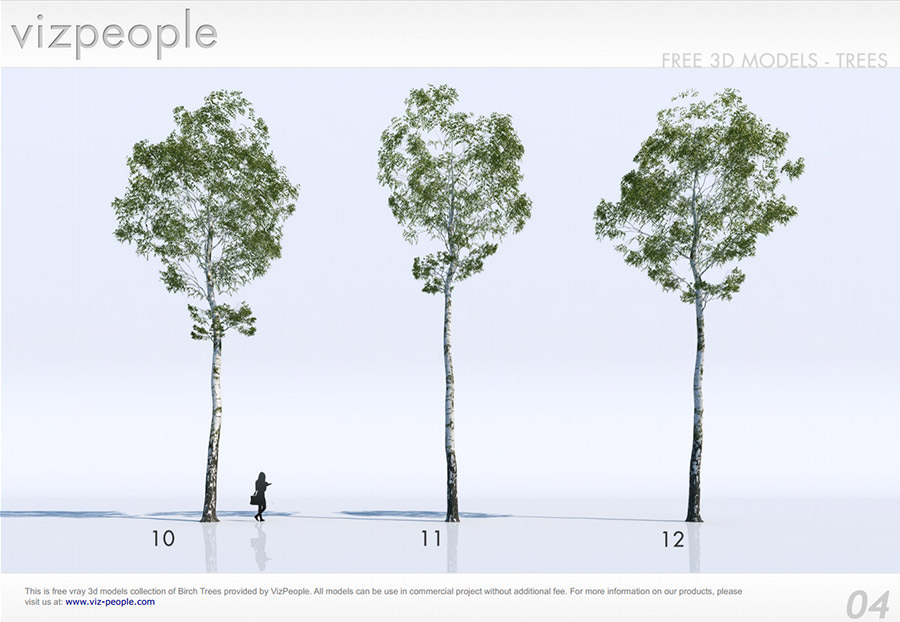- Vray Proxy Trees Free Download 2020
- Vray Proxy Trees free. download full
- Vray Proxy Trees Free Download
- Vray Proxy Trees Free Download Free
- Vray Proxy Trees Free Download Sketchup
I have the same probelm of rendering in vray, the tree is all white, and I recreated the materials using the leaf images in the download file, but the size of the image doesn't match the model, every leaf comes out with a white frame, and there are so many leaves so I couldn't use texture mapping to adjust each of them, and I tried to copy the tree to a new scene, it does't work either, it. Vray Proxy Trees Free Download SketchUP V-Ray Proxy Grass. Follow his process and feel free to jump in with questions or suggest your own methods of doing this inside SketchUP. Re: vray tree proxy. By andybot » Fri Feb 28, 2014 3:03 pm. If you export the proxy directly from sketchup, it should be assigning the materials correctly in the export. Make sure the materials you are using are in the sketchup file. Sometimes if the material is missing, vray will not be able to locate the proxy linked materials.
This one is interesting because it brings the trees in as proxy objects in your model, meaning that you never actually see the geometry in your SketchUp model, but instead you just export it to a rendering program like Vray or Thea Render, and the rendering program renders the trees. V-Ray Scene (.vrscene) is a file format which allows for assets, such as geometry, materials, and lights, to be shared together between all platforms that run V-Ray. A Proxy Scene object is the result of importing a.vrscene file into your scene from the V-Ray Import Proxy option. Admiral trench. V-Ray 2.0 for SketchUp - V-Ray Proxy V-Ray Proxy manages scene memory and efficiently renders large amounts of geometry to increase detail and complexity in scenes. V-Ray Proxy objects are dynam.
Learn to import Vray proxies into SketchUp models and how to import the materials associated with those proxies as well!
Vray Next For Sketchup
Last week, we talked about how to use Vray proxies to use high polygon, realistic models in your renderings without slowing down your SketchUp models.
This week, I want to talk about how to save those proxies and import them into a separate SketchUp model.
To start off, 3D Warehouse model credit for this model goes to Daka Design, who has a great collection of render ready models on their page in the 3D warehouse. This model in particular is the Wire Frame Chair. I’ve linked to their page and to this model in the notes down below.
Daka Design Page – https://3dwarehouse.sketchup.com/by/Daka-Design?nav=models
Wire Frame Chair – https://3dwarehouse.sketchup.com/model/ee697759-8958-4cc4-9cb8-e452b016b32a/Wire-Frame-Chair
You can see when I do an interactive render of this chair, it looks really good without needing much tweaking. Now, let’s export this model as a proxy.
To do this, select your model, then go into the “Vray Objects” toolbar and select the option for “Export Proxy.” Select a location for this file, then pick a preview type. In my case, I’m going to leave this as “Refined Clustering,” and drag my faces in preview option down to something like 5000. Make sure the option for “Replace object with proxy” is selected, then click export.
Your chair has been replaced with a much more lightweight proxy model. If you were to click the interactive render button, you can see that the actual model still gets rendered within Vray.
Before we try to import our proxy into a different file, let’s take a look at our materials list. You’ll notice after you export your proxy, there’s a multiple material group contained in your materials list. If you click on this, you’ll note that it has materials included for all the materials that contained in your proxy.
We’re going to need to save a copy of this multi-material group. To do this, simply click on the save button at the bottom of the page and save this file to a location of your choosing.
Now, let’s open up another model and try to import our proxy. To do this, click the import proxy button in your Vray Objects menu. This will bring your proxy into your new model. However, if we were to run an interactive render, you’ll notice that your materials did not get brought in with the proxy model, which is why we had to save them from our other model.
We’re going to need to import our materials into this model so that it renders correctly. To do this, first we need to import the material group that we saved by clicking the “import VRMAT file” button at the bottom of the list. Navigate to the file you saved and click the “Open” button.
For Cris Cab & Pharrell's 'Liar Liar' collaboration, Aggressive crafted a video that’s all about arresting symmetry and dangerous relationships. The video generated over 55 million views on YouYube. Watch Cris Cab's 'Liar Liar' video featuring Pharrell after the jump. Rooted in the same brand of infectious reggae-tinged pop that's now become Cris' signature move, the Pharrell co-written. Chorus - Cris Cab ft. Pharrell Williams Liar, liar, she's on fire She's waiting there, around the corner Just a little air, and she'll jump on ya' More on Genius 'Liar Liar' Track Info. Cris Cab 'Where I Belong' Available Now! ITunes: Google Play: Amazon: http://smarturl.it/aC.
This will bring in the multi material group that you saved into Vray. Now, we need to apply it to our chair. When you first brought your chair in, it should have created a multi material group for the materials within your proxy, as well as materials for each individual material. These materials will simply have colors applied to them, so you’re going to have to replace them with the materials from your imported VRMAT file.
Theoretically you can do this just by right clicking on your imported file, then selecting “Use as replacement,” then right clicking on your target file and clicking “Replace,” but for some reason that’s not working for me.
Instead, I simply go into my material group that’s applied to the model and replace the materials with the proper materials using the dropdown.
Hi, I was modelling my project, and test renders were coming out fine, not taking too long. I added some grass proxies from another project (copy/paste) on a small area and made some more copies of those proxies in that same small area. The test render came out ok as well, pretty fast. So I proceeded to make more copies of the proxies and cover a greater area and that's when I had the problem when rendering; the proxies stopped showing up in the render. I have deleted many copies, trying to have the same initial area covered with proxies, but nothing happens. On the v-ray progress window I found a line that says 'Could not load mesh file 'C:/Users/..Grass.vrmesh' (address apparently from the computer where the proxy was originally made). But why would it load the first time and not now? Any suggestions on what to do? The file weighs 127 mb, but the render is pretty fast.Vray Tree Proxy
Oh and something +/- similar happened with a car proxy I copy-pasted some hours before. I didn't make any copies of that car, but it simply didn't show on the render from the start.Vray Proxy Trees Free Download 2020


Sketchup Vray Download
Vray Proxy Trees free. download full
Sketchup version 15.0.9350 64-bitVray Proxy Trees Free Download

Vray Proxy Trees Free Download Free

 Vray 2.0
Vray 2.0